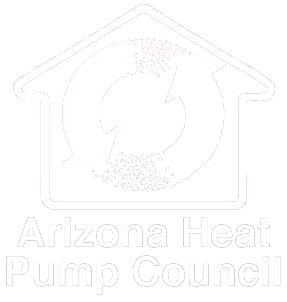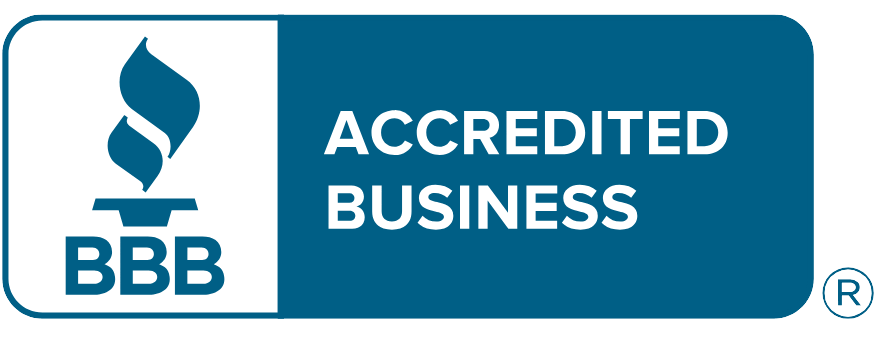
Insulation is designed to prevent heat or sound being transmitted from one area to another. It consists of millions of tiny pockets of air. Arizona homeowners probably don’t think too much about insulation until you notice your utility bills increasing month over month. February is a good time to learn more about why insulation was included with the 2022 Inflation Reduction Act for homeowner tax credits.
Why Insulation
Insulation has two important functions. First, it helps keep warm air generated by heaters and fireplaces inside while minimizing cold air from entering your home. Second, insulation also helps block heat and prevents it from mixing with cooler air being produced by air conditioners and ceiling fans.
Where it’s Installed
Insulation can be installed anywhere outdoor air can leak inside. Common areas include ceilings, walls, crawlspaces, floors, and attics. Insulation can be highly effective to moderate the temperature inside a home when combined with sealing gaps around doors and windows. The type of building materials used in your home will be important in determining the thickness of insulation used.
What’s R-Value
The thermal resistance of insulation is measured by its R-value. This measurement considers thickness and compactness of the insulation. The higher the R-value, the more that a home will be protected from heat and cold. The Department of Energy recommends insulation R-values that are in the R-38 to R-60 range for an attic and R-13 to R-30 for crawlspaces in Zone 4, which includes the Valley of the Sun.
What Are the Types of Insulation
- Fiberglass – Fiberglass insulation is the most common and inexpensive type. It’s available in sheets or rolls and is relatively simple to install. However, it can be irritating to skin and eyes becoming less effective if it gets wet.
- Rigid Foam – This type of insulation is more insulative than fiberglass, and it’s a good choice for exterior walls and low slope roofs.
- Blown-in Cellulose – This is a liquid-type insulation product that can be blown in instead of rolled out. Because it’s made from recycled wood fibers, it is typically more environmentally friendly. However, it’s considerably more expensive than other types of insulation.
- Spray Foam Insulation – This is often considered the most desirable type of insulation because it typically outperforms fiberglass and rigid foam.
Cool Blew and Insulation
If you’re experiencing drafts in rooms, your utility bills are going up unexpectedly, or you’d like to learn more about the tax advantages of adding additional insulation, contact Cool Blew today at 623-872-2900.






